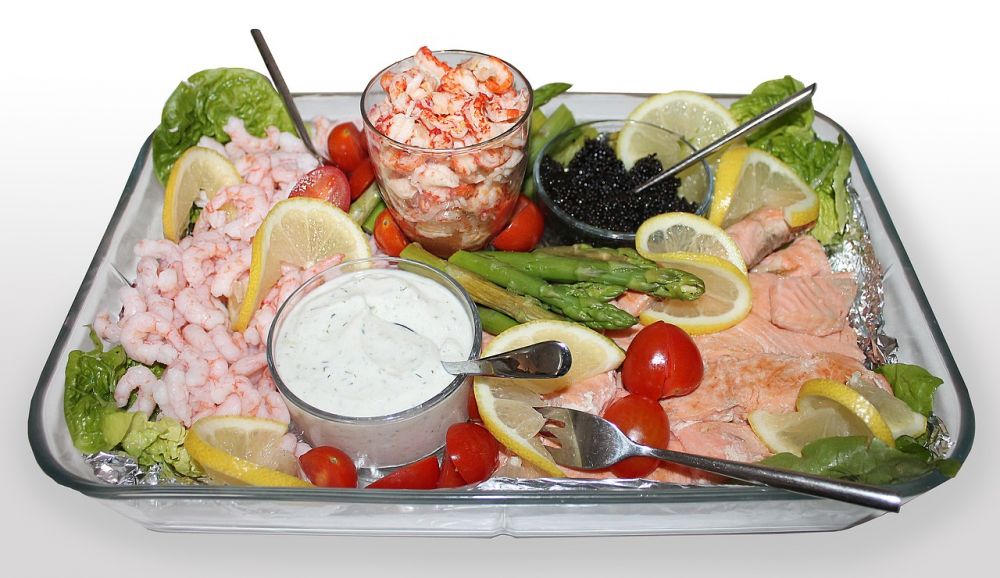Cheddar is a popular type of cheese that originated in the village of Cheddar in Somerset, England

It is known for its rich and creamy flavor, as well as its versatility in cooking and pairing with other foods. In this article, we will provide a comprehensive overview of cheddar cheese, including its types, popularity, quantitative measurements, differences between various cheddar cheeses, and a historical analysis of their advantages and disadvantages.
1. Overview of Cheddar Cheese
Cheddar cheese is a hard, yellow-to-white cheese made from cow’s milk. It undergoes a process called cheddaring, where the curds are cut into small pieces, reheated, and stacked to release whey. This process gives cheddar its characteristic texture and flavor. Cheddar can be eaten on its own or used as an ingredient in various dishes, such as sandwiches, macaroni and cheese, and cheeseburgers.
2. Presentation of Cheddar Cheese

a. Types of Cheddar Cheese: Cheddar cheese comes in various types, such as mild, sharp, extra sharp, and aged. Each type has its own distinct flavor profile and aging period, ranging from a few months to several years.
b. Popularity: Cheddar cheese is immensely popular worldwide. It is one of the most consumed cheeses in the United States and the United Kingdom. Its popularity can be attributed to its versatility in cooking, long shelf life, and familiar taste.
3. Quantitative Measurements of Cheddar Cheese
a. Fat Content: Cheddar cheese typically has a high fat content, ranging from 32% to 40%.
b. Nutritional Value: Cheddar cheese is a good source of protein and calcium. It also contains vitamins A, B12, and K2, as well as minerals like phosphorus and selenium.
4. Differences Between Cheddar Cheeses
Cheddar cheeses can differ in terms of their flavor intensity, texture, and aging process. For example, mild cheddar has a milder flavor and softer texture compared to sharp cheddar, which has a stronger taste and crumbly texture. The aging process also influences the complexity and depth of flavor in cheddar cheeses.
5. Historical Analysis of Cheddar Cheese
a. Advantages: Cheddar cheese’s long shelf life and versatility made it a favorite among travelers and explorers in the past. Its popularity further increased with the rise of dairy farming and industrialization, allowing for mass production and distribution.
b. Disadvantages: On the downside, mass production techniques have led to a decline in the quality and complexity of some cheddar cheeses. Additionally, the use of artificial additives and preservatives in processed cheddar has raised concerns about health implications.
In summary, cheddar cheese is a beloved dairy product with a rich history and diverse variations. From mild to extra sharp, cheddar’s wide range of flavors and textures ensures there is a type to suit every palate. Whether enjoyed on its own, melted over a dish, or used as a culinary ingredient, cheddar cheese continues to be a staple in the culinary world.
: Insert an engaging video showcasing cheddar cheese-making process, tasting notes, or recipe ideas.]
Overall, this article aims to provide a detailed and informative account of cheddar cheese, catering to food and beverage enthusiasts who want to deepen their knowledge and appreciation for this delicious dairy product.











